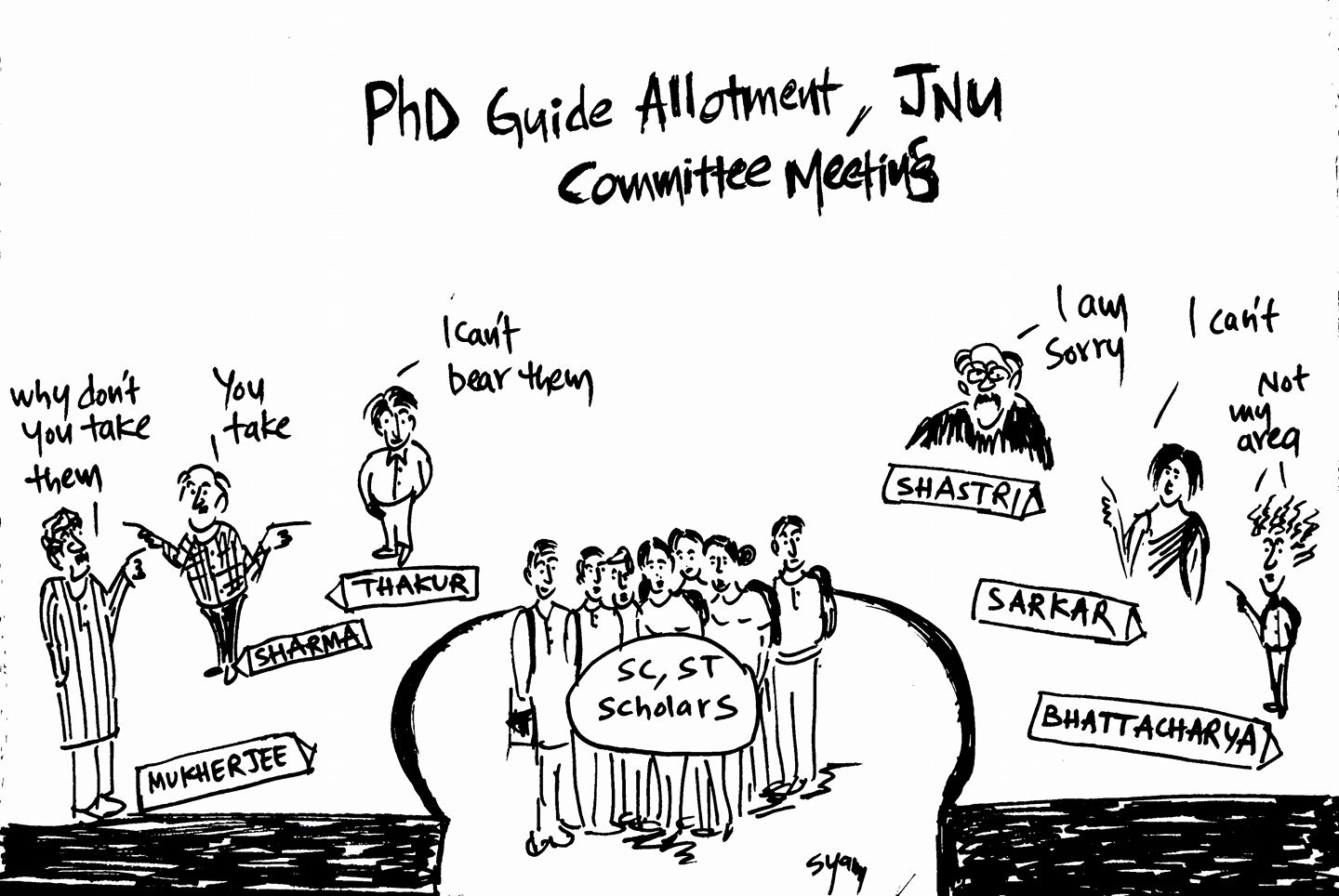P V Vijay Kumar
 After SBI announced write-off of loans worth about Rs. 7000 cr including what it had lent to the nefarious Mallya’s Kingfisher Airlines. There has been an uproar from the general public and also from many intellectual and political quarters as well, that this write-off is denotation of waiver of loan. During this season of economic crisis, post-announcement of Modi’s historical decision to curtail on cash circulation 500 and 1000 Rupee notes, to contain black money at the cost of common man’s perils, the write off has been attributed with a kind of ‘cheating’ of public by Govt. owned Banks and the Govt. itself.
After SBI announced write-off of loans worth about Rs. 7000 cr including what it had lent to the nefarious Mallya’s Kingfisher Airlines. There has been an uproar from the general public and also from many intellectual and political quarters as well, that this write-off is denotation of waiver of loan. During this season of economic crisis, post-announcement of Modi’s historical decision to curtail on cash circulation 500 and 1000 Rupee notes, to contain black money at the cost of common man’s perils, the write off has been attributed with a kind of ‘cheating’ of public by Govt. owned Banks and the Govt. itself.
When a loan is disbursed, it is meant to create an asset. The loan disbursal is directly proportional to the value of the asset to be created out of it. That is the moment the money goes into circulation out of the bank’s cash balance, raised in the form of deposits, capital etc. The value of the asset is actually notional or, in fact, based on certain market valued bench marks and there can be a plus or minus to it. That is the moment many entrepreneurs take advantage of valuation of asset/project and get the loan disbursal out of the actual asset and utilize the ‘surplus’ for other business or personal purposes. This becomes unaccounted money, in other words, it is called black money. For now, we will confine to this piece of creation of asset out of debt funds giving rise to black money creation, which is one of the most common methods.
The write-off of a loan by a bank is actually an activity done at the bank’s end, not at the borrower/corporate’s end. Once the loan has got out of the hands of the banks, banks would be considering that the money has gone to an asset creation and that’s how the loan lies in the records of the banks. The income recognition out of a loan and marking any loss against it would be a commercial decision of the bank within the regulatory framework suggested by RBI. Generally, the procedure followed is a gradual provisioning for loans when defaulted (it is defined as payment beyond a certain time period). Provisioning is nothing but disallowing the bank to declare any remunerative returns to their investors out of the profits. However, banks would still budget for their income and keep their restructuring efforts on to make the defaulted loan, called as NPA (Non-performing asset), a productive one in their books possibly with the least reliefs and concessions possible within the regulatory framework. When write–off happens, it goes like this –
(i) The profit marked during that period will be reduced to the extent of 100% of the amount written off, which means lesser profits for the investors. This is more towards transparency and one-stroke sacrifice of profits. This allows the banks to claim income tax benefit too (but not for provisioning done in regular fashion).
(ii) The loan book size/assets will come down in the balance sheet of the banks. This allows investors and interested parties to evaluate actual productive loan size and possible income generating ability of the bank. This also lets the respective bank to provide less capital (Capital adequacy ratio, as per Basel II accord, is at 9% i.e., for every Rs.100 the bank lends, to put it in a layman language, the bank would need Rs.9 of its own funds or equity capital from investors), which is mandatory, (money raised from profits and investors ) to the loans, as the recorded size of loans would come down to the extent of write-off.
RBI generally prescribes to write-off a loan after 100% provisioning is done or in case any unsecured portion of the loan is lying in the books of accounts. However, RBI would not step in any acceleration of provisioning/write off of loans and it is left to the individual boards of the banks.
This means, in simple language, if you had given some loan to your friend and he ditched you, you will continue to make your future plans not depending on the repayment expected from him but as per your own realistic estimates of other income sources. However, this calculation in your mind does not entail your friend to claim default as his right nor you will give up any effort to recover money out of him.
The write-off also lets individual banks, having completely ignored the asset for any business target purposes, may incentivize to take a lenient view on the assets as ‘whatever realized out of it is a straight profit’. By the time of write off, the bank has already prepared itself to provide its expenditure against the possible income from other loans but not out of a loan which has gone out of its balance sheet. Banks, at times, with this perspective, may likely have an approach to look for least recovery and close down the head ache forever. There have been no guidelines from RBI on what should be the approach by banks for recovery on written off loans. Individual banks’ boards may have certain overall broad guidelines, which, however, would not be as stringent as they are supposed to be as the returns on the overall portfolio were already compromised with once, in the past. Possibly, one time settlement is encouraged in such cases.
The write off can happen against a particular borrower or against bulk of (small categorized) loans. The recovery action would also include bundling up these and selling it to other asset reconstruction companies (meant for recovery out of a portfolio of loans but not driven by an individual loan, per se). To explain better, a model balance sheet of a bank is given as under:

If you see the first item in assets (right hand side), loan book of Rs. 75 is funded by various sources as given at left hand side items. Suppose, in a given year, the bank decides to write off Rs. 5 out of it, while the operating profits were at Rs. 25. This decision will leave bank’s profits at Rs. 20 while the existing loan book size would be down to Rs. 70. Does this Rs. 5 really gone out of system? No, as this is still in the profits which are not accounted for. Though the declared profit is Rs. 20, the bank would still use Rs. 25 to deploy it in given assets. Loan book comes down to Rs. 70 signaling interested parties to that extent.
The notion that write-off is similar to going easy on loans is not completely correct. Many foreign banks do follow this approach and our Indian banking system has been writing off several loans worth lakhs of crores over last 70 years and SBI’s decision is not unique or out of place. Many a places, referring to previous Deputy Governor of RBI, the write off issue is being sensationalized in the context of present cash withdrawal measure, which actually would stand weak in front of any common mind. At the same time, it is a concerned point of view to demand, an appropriate monitoring and disclosures of these loans to the public, from RBI.
Then, where is the problem?
The issue of default has come into more limelight after RBI, for the first time, initiated an Asset Quality Review in 2015-2016. RBI came out heavily on banks to cleanse up their books dissecting each case of default and restructuring exercises to paint the quality of the assets. As you see, the PSU Banks started posting unprecedented erosion in their bottom lines during FY 2015-16 and the same continued during the present year too as a result of the same. Just during the last quarter of FY 2016, there is an accretion of Rs. 1,94,929 crore of NPAs, while NPAs till then was around Rs. 3 lakh crore only. This was reportedly an initiative by former RBI Governor Raghuram Rajan inviting ire from the Government as this not only clearly embarrasses PSU banks to provide huge capital out towards provisions as per Basel III norms (international accord to let banks mandatorily maintain minimum capital vis-a-vis the risked assets) but proves Modi Government’s optimistic figures on economy as a farce and superficial.
The default, in an unplanned economy, arises, primarily, out of (i) commercial risks – on account of falling demand, falling prices, foreign exchange variations, excessive supply, international market regulations like dumping duties etc. (ii) poor promoter’s standing – including obsoleteness of technology, low lobbying capabilities with Government agencies, lack of economies of scale etc. (iii) Corporate Governance – fudging balance sheet, laundering, misutilisation of funds etc. Generally, a default in an industry does not occur in case of all players in the industry. This credit risk is mitigated at the portfolio level as well.
The foundation to such a mammoth default was laid when industries started getting privatized and the capital was lying with wealthy upper caste elite in the country, who operate in respective closed circles leveraging their social capital too. The demon which was shown to Indians was “inefficiency of Government”, “Business is not a job of Government”, “lethargy in decisions by Babus” etc. Then, our intelligentsia failed to ask “when the army is so efficient, why can’t the PSUs?” or “When soldiers are so committed, why can’t officers of PSUs be?” etc.
And now, we are stuck up with nearly Rs. 6 lakh crore of NPS, which are much bigger losses than those posted by PSUs, then in 1990 when industry was liberalised. Now, who has to question this validation of grounds on which privatization was done in this unplanned economy? While there have been no proper checks and controls on the end-use of loans disbursed by the banks along with a weak appraisal frame with not much options to choose borrowers, raising a hue and cry, when default really happens it does not reflect an honest pain. SBI will not be in a position to say no to Adani, as the Group’s accounts were regular and no better borrower was available in the market than him as indicated by the rating given by the rating agencies as well. If they deny loan to Ambani, banks need to answer who is a better borrower they have found to lend their money raised out of the deposits, as they are not meant to keep the same in cash form. The economy, for PSU Banks, which do large portion of the business within the country, the fluctuations within the economy invariably need to be absorbed. The point is, capital is centric and there is no wide dispersion of capital to select ‘better’ borrowers. When Deccan Chronice obtained loans from banks, the company was rated as ‘AA’, and there was no reason to call Mr. Venkattram Reddy a worse borrower compared to others (Deccan Chronicle was the largest leading news daily in Andhra Pradesh and newspaper industry was not considered as recession-prone). And, as was the case with Satyam Ramalinga Raju too. One may like to note that GE Capital, a US Financial Institution, was one of the biggest lenders to Satyam Ramalinga Raju, when the default happened. We need to understand that when economy moves in an unplanned way and capital is confined to a handful of few coherent social groups, who are strongly connected by their social capital, the modus operandi of default remains one and same.
Conclusion
India being a capital starved economy, it needs to set up a separate umbrella unit of all banks with appropriate frame of recovery options, inter alia, involving ‘near nationalization’ of such assets with the help of public sector enterprises. It also needs an unchallengeable legal framework for such recovery, enhancing the negotiating position of banks against such borrowers.
What everyone has to realize is that black money is created when a loan is disbursed, but not by an accounting treatment of the bank, per se. When the money goes into circulation, there is always a beta factor of dripping of money into black money form at each stage. Our thinking should be to curtail black money at the source of generation. Any measure thereafter would be really to take a chance of recovery of it. Developed economies like Singapore, Dubai, US, Russia etc., are known for their sophisticated methods of creating black money through trade finance route and other methods. Compared to many economies, including developed countries, our black money economy is below average line i.e., around 25% of GDP. There have been several, especially foreign banks which market their products that can help how to ‘save liquidity’. The recent news of HSBC Bank involved in laundering and the notoriety of Swiss banks in preserving money are classic examples of banks’ involvement in the entire process. The international deliberations by banks at various fora to curtail money laundering has had not-so-great effect on the same till date, as the capitalist economy would continue to be driven by greed and the urge to garner returns to their investors.
We are working under a constitution drafted under supervisions of a man, who was a visionary and who had provided a frame of reference to analyse economic dimensions of social maladies and social dimensions of economic maladies. And, we all know we need to get educated before we get agitated on any issue which eventually should lead to an appropriate organizing. The resilience of economy can practically be made so perfect, unless an uncompromising people’s well-wishing political intention drives it. We don’t have to lose focus on where lies the crux of the problem. We don’t need to wield weak batons, when the dishonesty and insincerity is institutionalized. We all need to put our best efforts in proselytizing the right path to the people of India in the present economic context.
~~~
P Victor Vijay Kumar: Writer and critic. An Ex-banker and one of the first officers in setting up the Corporate Debt Restructuring Cell in India under aegis of RBI. The author may be reached at pvvkumar@yahoo.co.uk or Facebook ID “P V Vijay Kumar”










